I'm a PhD candidate at the University of Maryland, College Park.
I study exoplanet atmospheres, and I generally seek to answer: how does gas move and change in hot gas giants?
I'm trained as a theorist, but I spend the majority of my time "staying close to the data": making predictions,
interpreting observations, and as of late developing inference tools. In the coming years, I will apply these tools to data from JWST and the VLT.
My interests also span magnetic fields, photochemistry, and code optimization.
Currently, I'm most excited about inferring "3D effects" from hot Jupiters and cross-correlating against JWST data.
See below for some of my recent projects! Click on the images for more information.
Research
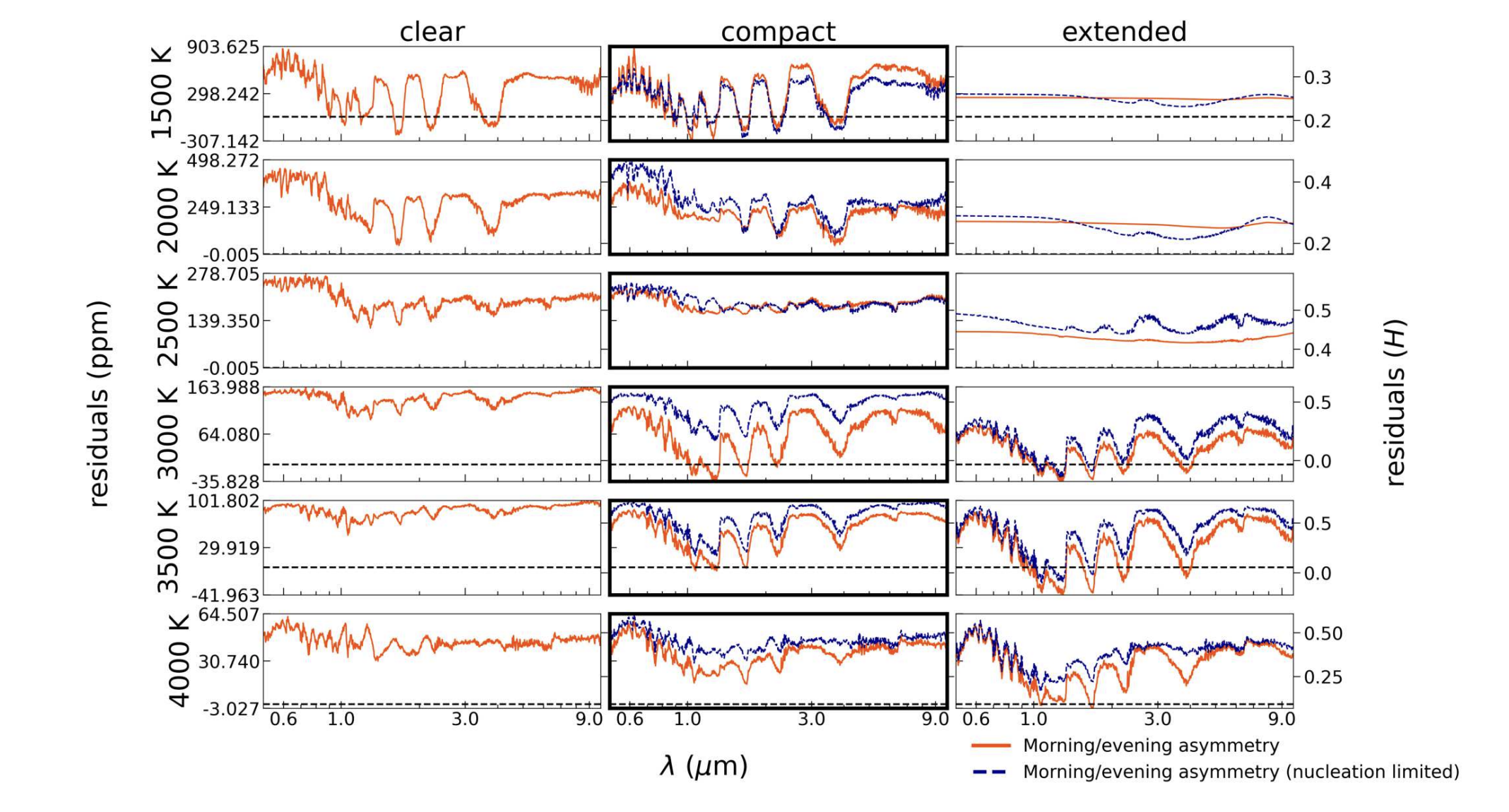
Predicting JWST limb asymmetries
I worked with Kenneth Arnold (former UMD undergrad, now Wisconsin grad) to simulate hot Jupiter limb asymmetries as measured from space.
We found that east-west temperature differences dominate the observed asymmetry, followed by clouds at moderate temperatures.
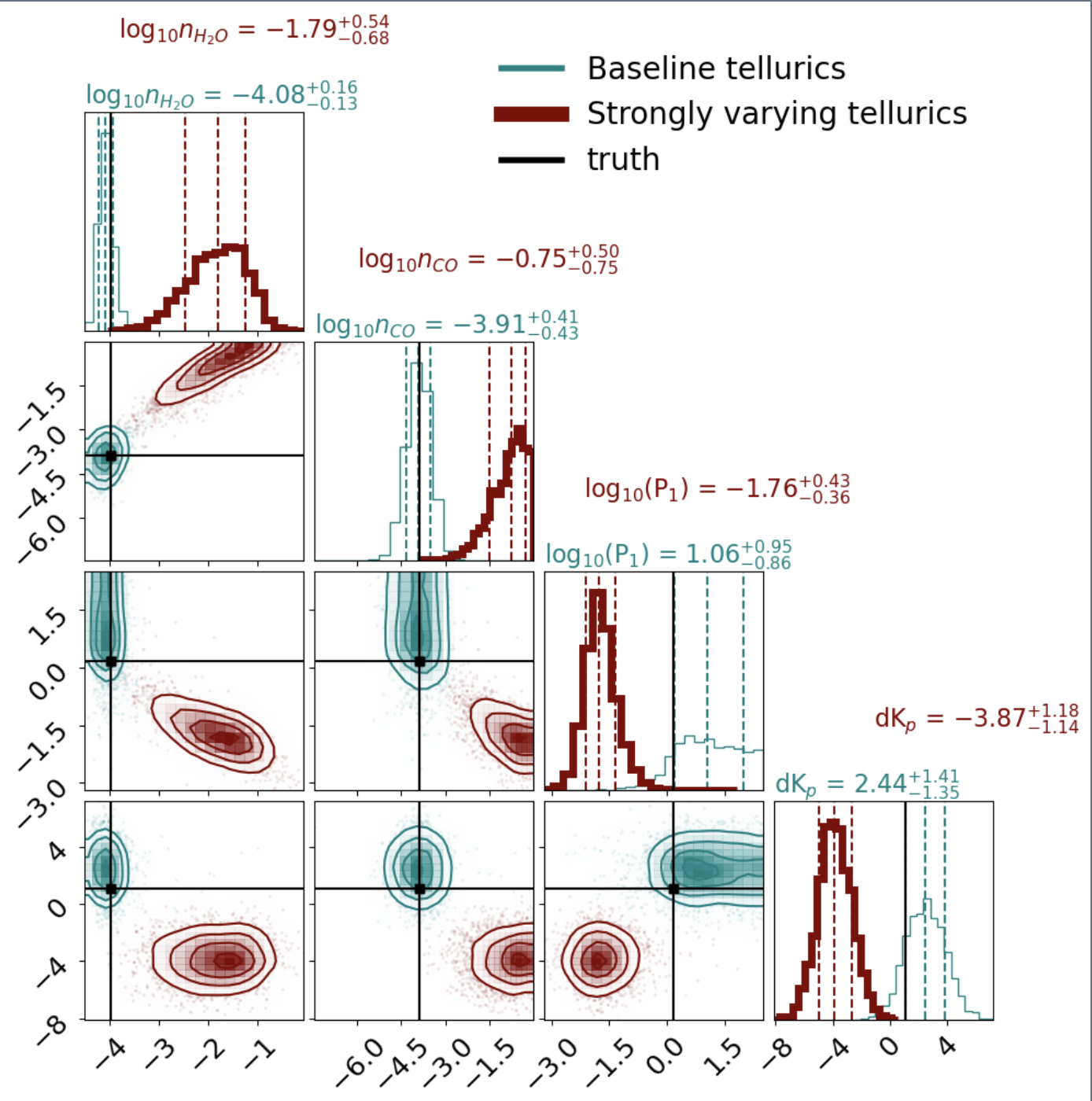
Forward-modeling high-resolution datasets
High-resolution spectroscopy is sometimes difficult to understand. I addressed this complexity bottom-up by forward-modeling the components (star, tellurics, planet)
from scratch, along with applying standard data analysis techniques, to show that time-varying tellurics can impact inferences. Along the way, I developed an open-source tool to simulate these datasets.
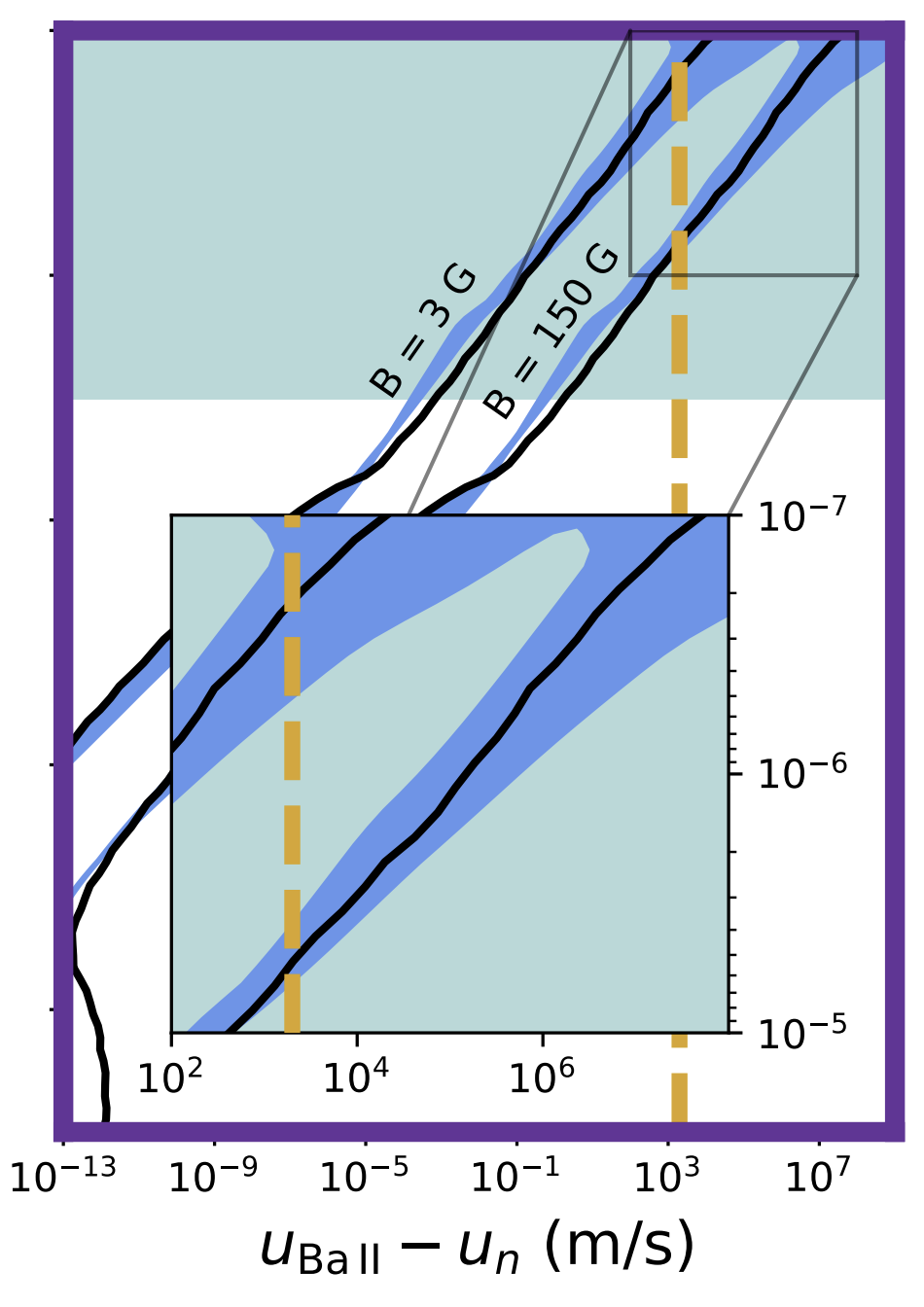
A new way to measure exoplanet magnetic fields
Hot gas giants should have magnetic fields — but we don't know how strong they are. I developed a novel method for constraining exoplanetary B fields
by measuring velocity differences between atmospheric gases.
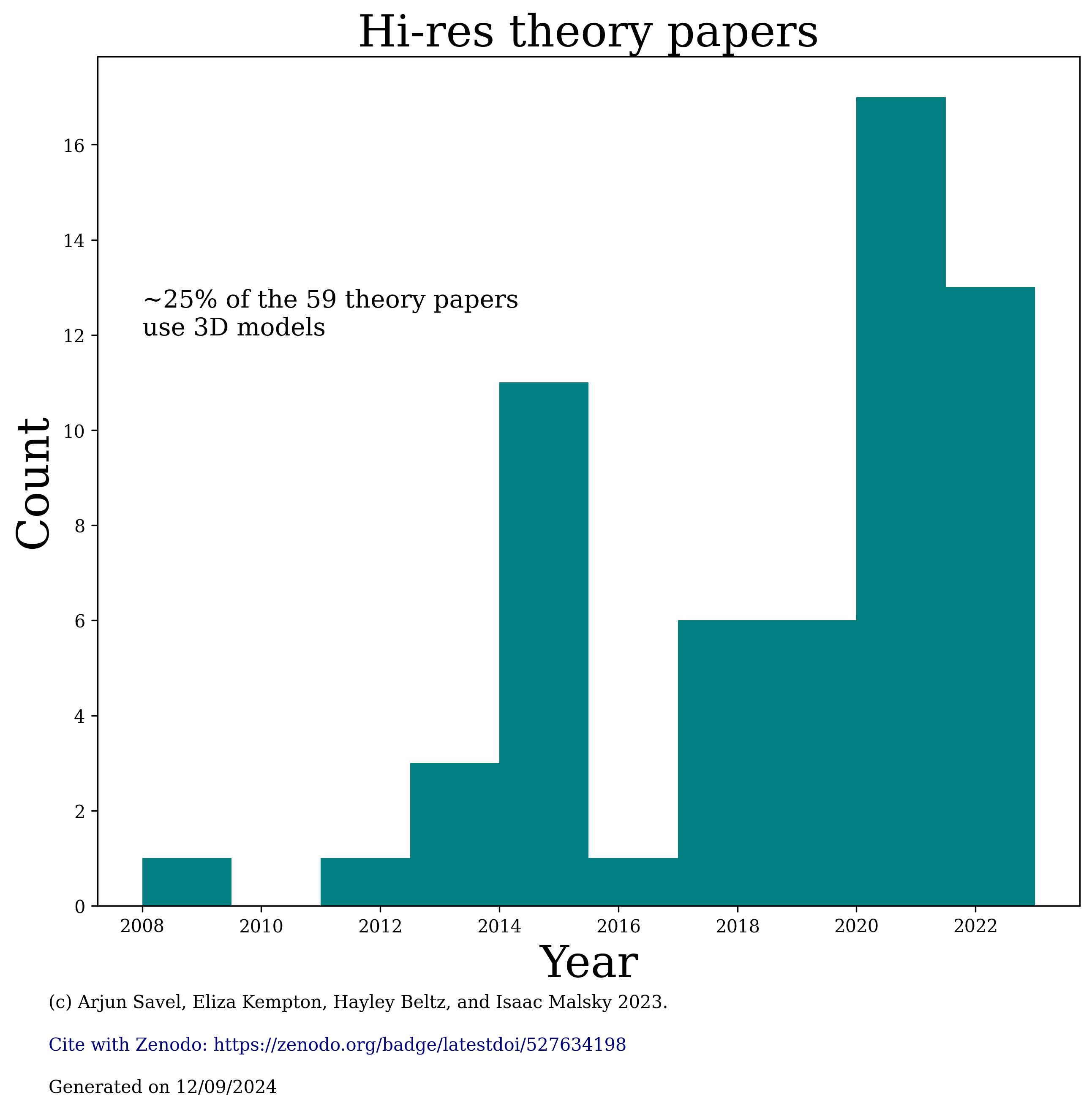
A database of high-resolution spectroscopy literature
I'm indexing every theoretical and observational paper on exoplanet atmospheres and high-resolution spectroscopy.
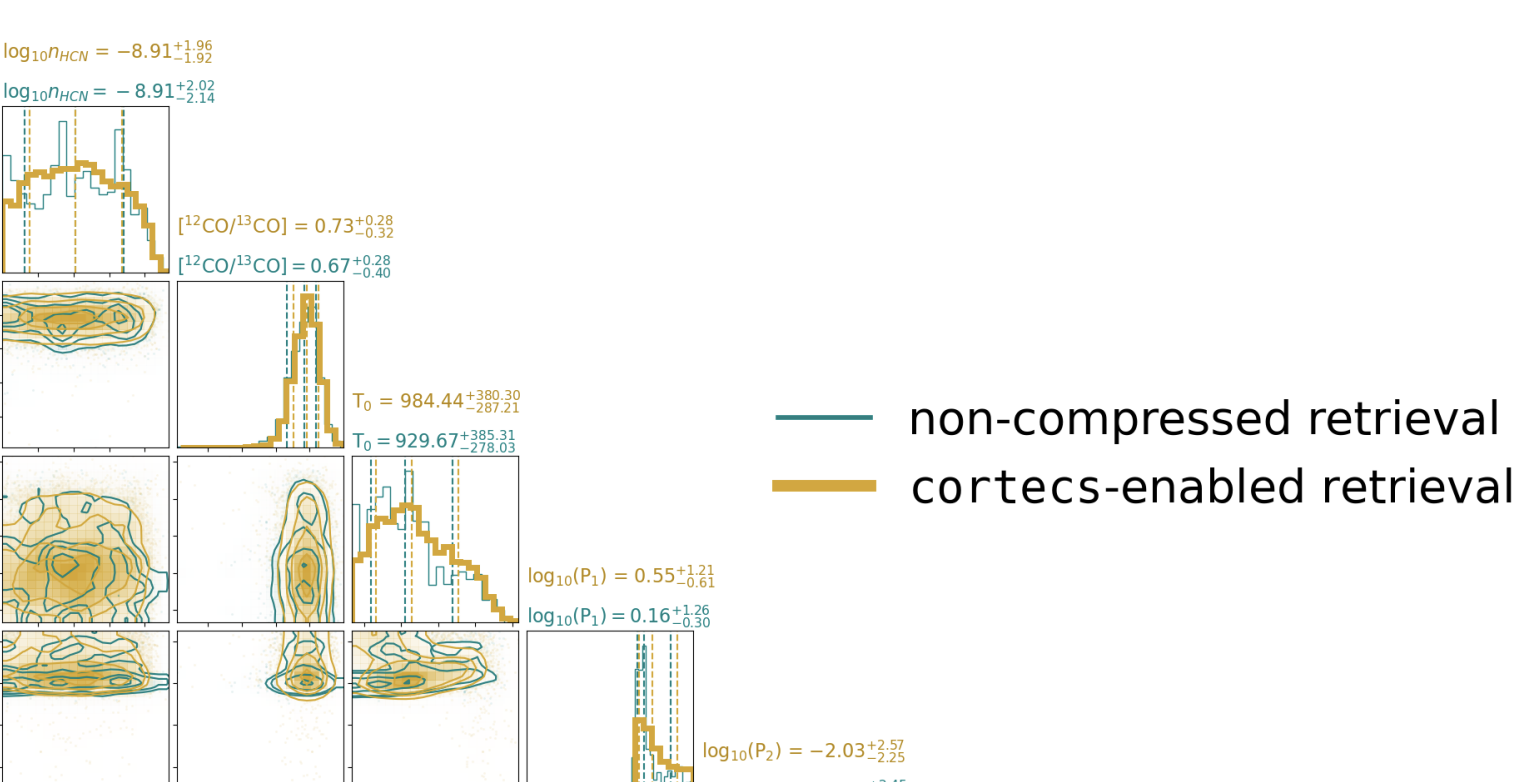
Opacity compression
Simulating exoplanet atmospheres at high spectral resolution requires high-resolution opacity (i.e., cross-section) data. Loading such large
files onto machines (especially GPUs) can be tricky. I developed a simple method for decreasing the amount of memory consumed by opacity data by an order of magnitude.
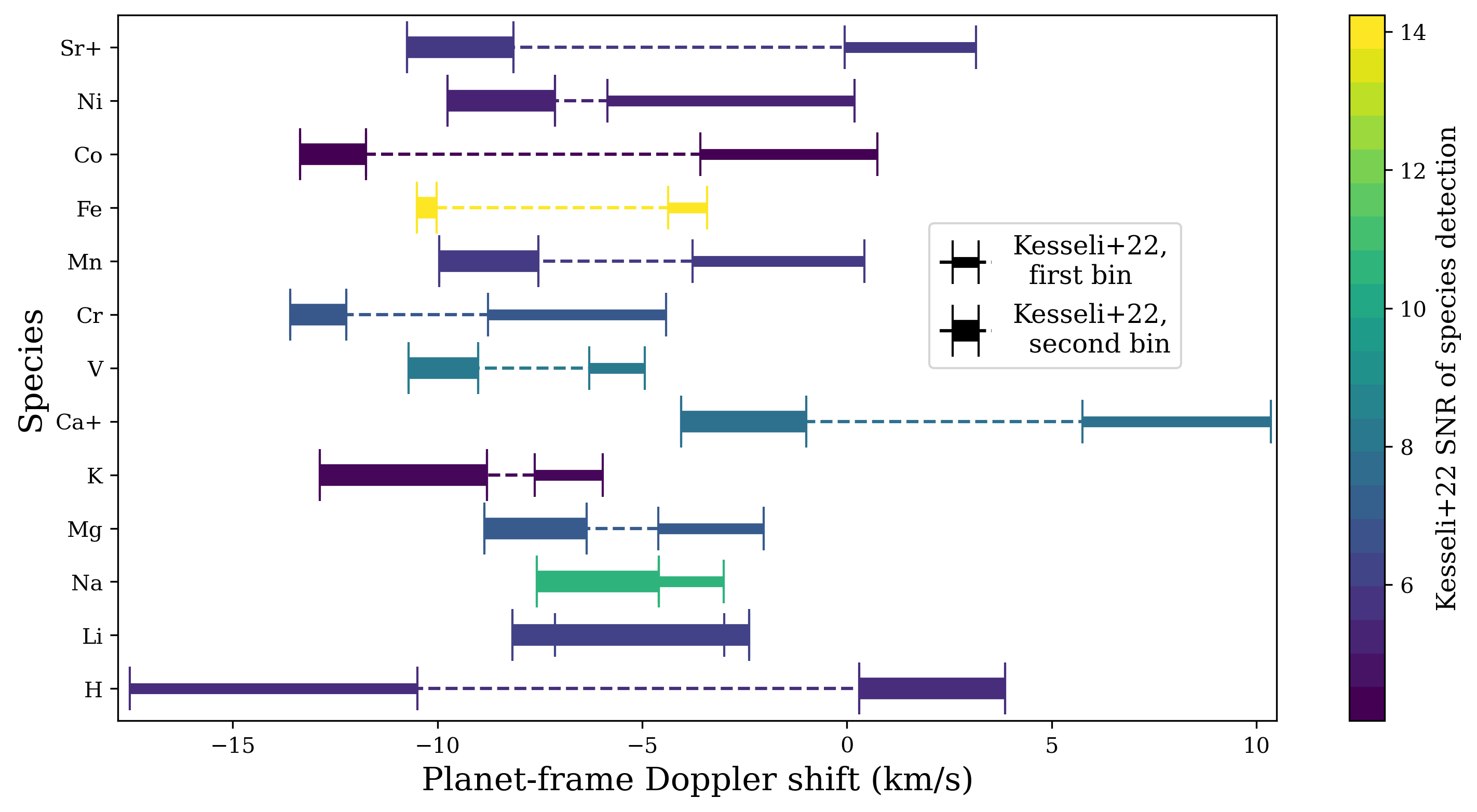
Asymmetries in exoplanet atmospheres
I examined atmospheric asymmetries across the hot Jupiter population. This work showed that CO is an excellent tracer
of spatial non-uniformity, that morning-limb clouds generally produce increasing blueshifts in transmission spectra, and that it's difficult to
uniquely isolate chemistry as a driver of asymmetry.
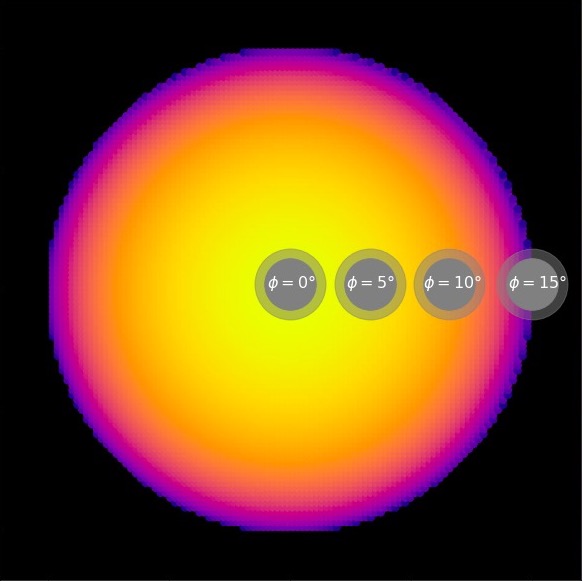
No umbrella needed on WASP-76b
Using a suite of theoretical models, I showed that iron condensation isn't required to explain existing ground-based observations of WASP-76b's spectrum.
Two compelling alternative explanations include clouds and a non-circular orbit.

Refining exoplanet occurrence rates estimates
By searching and accounting for unresolved stellar companions near Kepler targets in Prof. Courtney Dressing's group, I've made updates to exoplanet occurrence rates.
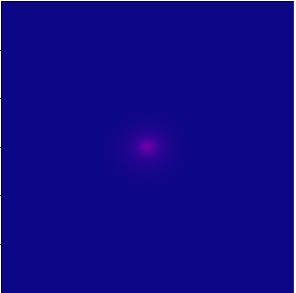
Image-reduction pipeline
With Dr. Lea Hirsch, I've worked to extend an image-reduction pipeline and make it open-source.








